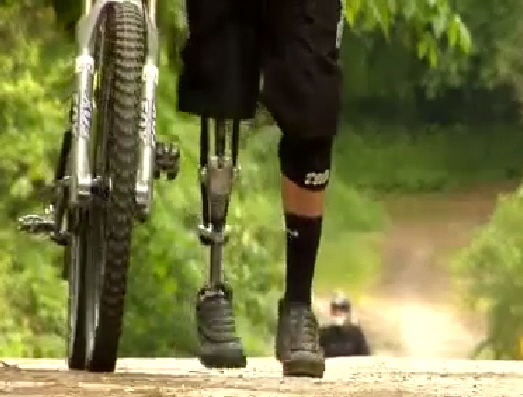 How Maggots Got Back Into Mainstream Medicine
How Maggots Got Back Into Mainstream MedicineBy the time Michelle Marineau saw her patient, James*, there was little she could do to help him...
 Fasting Mimicking Diet Diet Claims To Slow Aging, While This Genetic Mutation Does
Fasting Mimicking Diet Diet Claims To Slow Aging, While This Genetic Mutation DoesWith the help of a small stool, Mercy Carrion clambers onto an examination table. The obese 50...
 Eat To Treat: Can You Use Food As Medicine For A Specific Disease?
Eat To Treat: Can You Use Food As Medicine For A Specific Disease?“What if you could cure all your health problems and lose 10 pounds in just 7 days? That’s...
 The Calorie Is Broken - And That's Why Dieting Doesn't Always Work
The Calorie Is Broken - And That's Why Dieting Doesn't Always WorkBo Nash is 38. He lives in Arlington, Texas, where he’s a technology director for a textbook...




 When
When 




 More than two decades have passed, but Erika Archer Lewis clearly recalls the fear, uncertainty and struggle required to bring her 42-year-old mother back from the edge of stage 4 breast cancer. Lewis, a senior studying at the University of Texas when her mother was diagnosed, shuttled between Austin and Houston, supporting her through surgery, chemotherapy, radiation and, later, reconstructive procedures.
More than two decades have passed, but Erika Archer Lewis clearly recalls the fear, uncertainty and struggle required to bring her 42-year-old mother back from the edge of stage 4 breast cancer. Lewis, a senior studying at the University of Texas when her mother was diagnosed, shuttled between Austin and Houston, supporting her through surgery, chemotherapy, radiation and, later, reconstructive procedures.